Although a unique taxonomy of the humanities is diverse, traditionally it includes many disciplines such as, but not limited to anthropology, archeology, architecture, art history, criticism, classic studies, democracy, economics, education, ethics, ethnic studies and folklore, history, international relations, jurisprudence, language and linguistics, literature, music history and criticism, philosophy, political sciences, psychology, religion studies, performance studies, gender studies and other emerging studies illuminating human experience, the scope is expanding with the developments and trends in research and social change. NYIHSS will offer a wider area of its exploration that goes beyond conventional nomenclature. In this evolving model, following specific emerging trends in humanities, HYIHSS will provide essential areas of interest, directed in several main categories and primary fields of interest:
A. Classic Humanities
Humanities as an academic discipline, “introduced by conventional systems of universities, colleges and schools that extend the human mind, to the extent it develops a sense of the relationship of the human society to urge a realization of the value of all that is defined as divine, good and loving” (Rahaman 2013). As the main focus of the NYIHSS, humanities and all its disciplines and areas of interest will cover, but not limited to the academic study of the arts: art history; the study of music, musicology, music theory and composition, and music history; the academic study of drama and cinema, but not programs primarily aimed at the musical performance or music technologies; cultural studies; area studies, archeology communication: mass communication, media studies, and rhetoric, ethnic, and gender studies: interdisciplinary perspectives on race, ethnic, gender, or cultural groups, linguistics language studies, and literature, classics and ancient languages; comparative literature; history: including also the history of science and medicine; jurisprudence: Includes philosophy of law; philosophy: includes the history of philosophy; religion: programs in the comparative, nonsectarian study of religion; studies of particular religions; the history of religion; and elected interdisciplinary studies: general humanities programs; programs in the study of a particular historical period (e.g., medieval and Renaissance studies, classical and ancient studies, holocaust studies, etc.).
B. Arts and Performance
As one of the most prominent fields within humanities, arts are an essential part of the Institute’s work. Moving from music, poetry and literature, theater and film studies, performance studies, visual arts or fine arts, architecture, conceptual, urban and applied arts, history, or criticism, the field of Arts and Performance would represent one of the main focuses of the Institute’s programs. NYIHSS will work on establishing a network of collaborators and structure special art projects, based on the interests of its members, stakeholders, and the community needs.
Primarily, the field of Arts and Performance would examine the forms, origins, styles, expressions, performative aspects, and meanings of art within historical and cultural contexts and employing adequate critical and interdisciplinary methodologies and practices.
C. Critical Humanities
This area might be described as an assimilative, accumulative, hybridized, unpredictable, hyper-realist discipline of human knowledge and experience based on the break with traditional, canonized approaches to the humanities. Critical Humanities will tend to encourage new pathways of our research, dismantling dogmatic views, and disseminating multifaced interpretation of the advanced scope of the humanities. Furthermore, expanding critical humanities, the research and activities within will establish a new standpoint of interpretation and meanings, test the levels of rationality, reflecting pretexts and texts of interdisciplinary research allied.
D. Spatial Humanities
Spatial Humanities will form hybrid connections with the natural sciences, social studies, and natural sciences, describing humanistic perspectives trough prism of demographics, geography, historical narratives such as itineraries, apodemica, examining narration of memory, heritage, archeological facts, earth studies, or any research of the influence of geographic or natural space on human developments and behaviors, and the potentials of understanding human existence in particular space and time.
E. Digital Humanities
Digital Humanities provides a qualitative study of the humanities interpolated with quantitative methods of processing and analysis. The main scope of Digital Humanities is to provide coherent ways of intertwining humanities and social studies with novel information technologies, offering a unique expressiveness that reflects their co-existence or co-dependence.
F. Public Humanities
Covering a range of activities from scholarship, academia, policymaking, and community needs, Public Humanities would be based on a dialogue between the humanities and public. Ranging from activities from the public sphere, interdisciplinary collaboration, civic engagement, service-learning, activism, and politics, the focus is to enlarge the spheres of scientific/educational influence and to provide invocation and provocation of more interconnected and publicly embedded Humanities.
G. Social Studies
Social sciences encompass the many overlapping fields with the humanities. However, for distinction and autonomy within the NYIHSS, the scope of social sciences will cover also, but not limited to sociology, behavioral studies, criminology, economics, geography, government, international relations, political science, psychology, urban studies, and many other disciplines and related fields. Although political science, government, certain natural science disciplines, geography, and sociology may, from certain perspectives, could be considered humanistic in its essence, the social sciences, for the distinction, are categorized as non-humanities disciplines. Interdisciplinary studies that link a predominantly social science perspective with humanities disciplines are also canonically considered non-humanities studies. By expanding the scope of interest, NYIHSS would give special attention to the developments of the programs of Social Studies and their unique profile.




